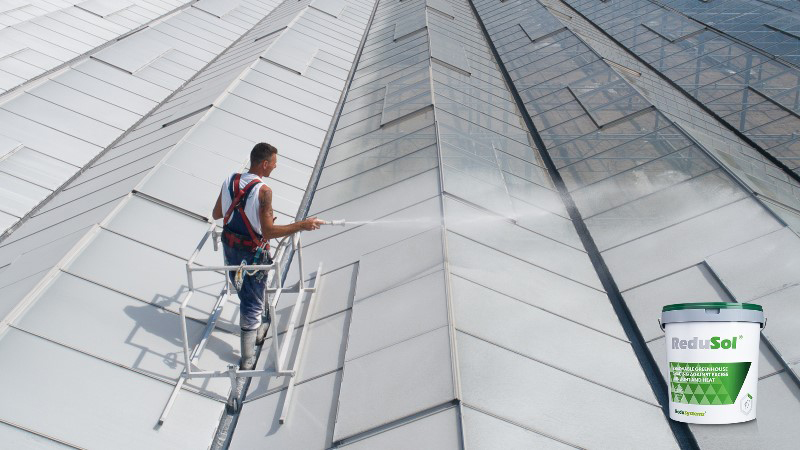Cannabis KPIs: 5 Tips to Achieving Quick Wins
 The cannabis industry is evolving at such a rapid pace that growers can quickly lose ground to competitors if they’re not adapting to market trends and technology. New research into different cannabinoids, terpenes, and varying THC levels could redefine how cultivators manage their crops.
The cannabis industry is evolving at such a rapid pace that growers can quickly lose ground to competitors if they’re not adapting to market trends and technology. New research into different cannabinoids, terpenes, and varying THC levels could redefine how cultivators manage their crops.
For example, in recent years CBD has exploded as a nutritional supplement — found in everything from lotions to soft drinks. Now, minor cannabinoids, like CBN, CBG, and CBC, are showing promise for a wide range of wellness uses, including potential as a sleep aid, appetite suppressant, and antibiotic, as Leafly recently reported.
Terpenes, the essential oils that contribute to the taste and smell of cannabis, are also said to elicit different effects on the mind and body. Increasingly, growers are taking these factors into their processes and strain-selection strategy.
New market opportunities and demands mean growers must have systems in place to accurately monitor and measure different key performance indicators (KPIs), says Jonathan Cachat, PhD, Director of CCV Research, a consultancy firm focused on operational best practices for cannabis companies. For growers, this doesn’t have to mean significant upfront capital investments. They can start with less-costly hand-held technologies and R&D projects to demonstrate small wins before outfitting the entire greenhouse with sophisticated smart networks.
“You need someone to have buy-in to collecting that data, whether it’s a scientist or an engineer on the team — someone whose sole focus is to figure out the best way to measure and collect this data, how to handle it, and then make informed decisions based on that,” Cachat says.
Here, Cachat shares key KPIs to measure, along with strategies to collect and analyze the data in an efficient, cost-effective manner
Track Lighting Performance
Experienced growers know that lighting can impact potency and yields. That’s why having some method to measure lighting performance in the greenhouse is critical, Cachat says. Growers should have some data on photosynthetic photon flux density (PPFD) or daily light integrals. PPFD is the total amount of light that reaches the surface of the plant. While PPFD is an important KPI for growth, cultivators also can use the measurement to perform predictive maintenance — such as whether a bulb needs to be replaced.
“People will tell you they just replace a bulb every six months or they’ll last a year-and-a-half,” Cachat says. “By measuring this data and having someone in charge looking at it, you can determine these things before they happen.”
Some growers might already have a sensor-based network to measure lighting, but they often feed that information into an Excel spreadsheet and fail to interpret and act on the information, Cachat says. Growers can purchase hand-held devices, such as PAR meters, to measure lighting distribution across the facility or to identify gaps in their current data-collection system, Cachat says.
“Start small versus dropping hundreds of thousands of dollars on an entire PAR network,” Cachat says.
Measure Cannabinoid and Terpene Content
Having a small lab onsite may not be practical for many growers. But they still need information about the chemical composition of their flower to achieve the results they desire. Another mobile device that can help growers optimize their plants is a technology called Fourier-transform infrared spectroscopy (FTIR).
“That allows you to pop off a bud, put it on the instrument, press down on it, and get an accurate enough reading of your THC and CBD concentrations right then and there, as well as nine terpenes or so,” Cachat says.
FTIR doesn’t provide the same accuracy that a lab offers, but it can offer some basic quality analysis that growers need to monitor their production goals. This includes the ability to see when their plants are reaching peak THC or terpene levels to optimize harvest times and ideal strains.
Trim for Airflow
One of the biggest benefits of trimming is to increase airflow, especially underneath the plants as they grow,” Cachat says.
When plants begin growing into each other, they become more susceptible to microbial growth because they lack the airflow they need to adequately dry. A standard airflow measurement is cubic feet per minute. Growers can use a handheld airflow meter to spot check whether they’re achieving optimal airflow and adjust their trimming techniques, when necessary. Airflow may be one of the more important KPIs to measure because of its impact on overall plant health.
“Greenhouses have the highest fail rates for contaminants of any other grow type,” Cachat says. “By and large, greenhouses are the ones most susceptible to those type of crop-losing catastrophes.”
Identify Temperature Fluctuations
Temperature is another challenge growers face when trying to maintain stable environment in a greenhouse. A 6-degree change in temperature can have a significant impact on THC levels. Cachat suggests that growers consider using thermal imaging cameras to gain greater transparency into their heating and cooling performance.
“With a thermal imaging camera, you can look across your entire plant canopy and identify areas that are hotter and colder relative to the rest of the room, making sure that your HVAC functions properly,” Cachat says. “You want to identify those pockets of microclimates because that is ground zero for everything that can potentially go wrong.”
Create a Dedicated Research and Development Area
Experimentation is part of the refinement process in this still relatively nascent industry. Old-school growers who started prior to legalization relied heavily on tribal knowledge to perfect their craft. This means that growers must continually test and measure different environmental conditions since industry research and studies are relatively scarce.
Cachat recommends that growers dedicate 20% of their greenhouse to research and development to test different methods and technologies.
“If you dedicate a space where you can try out new technologies and it’s OK to fail in there, that can go a long way in terms of improving the long-term success of your operation,” he says.









